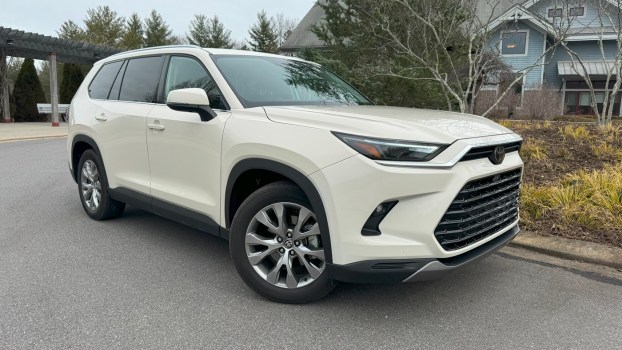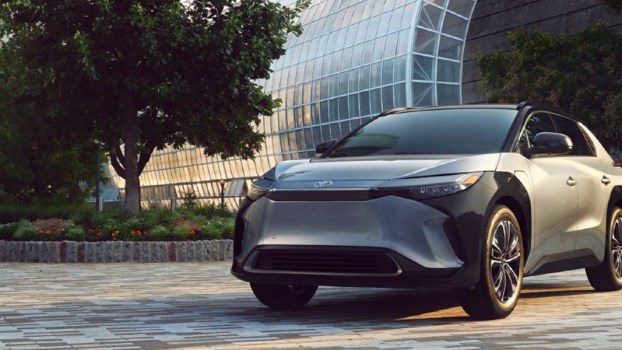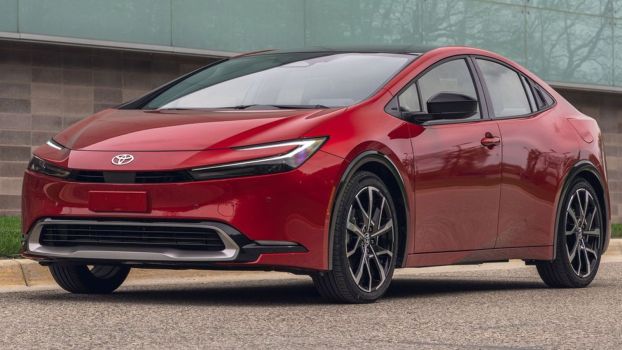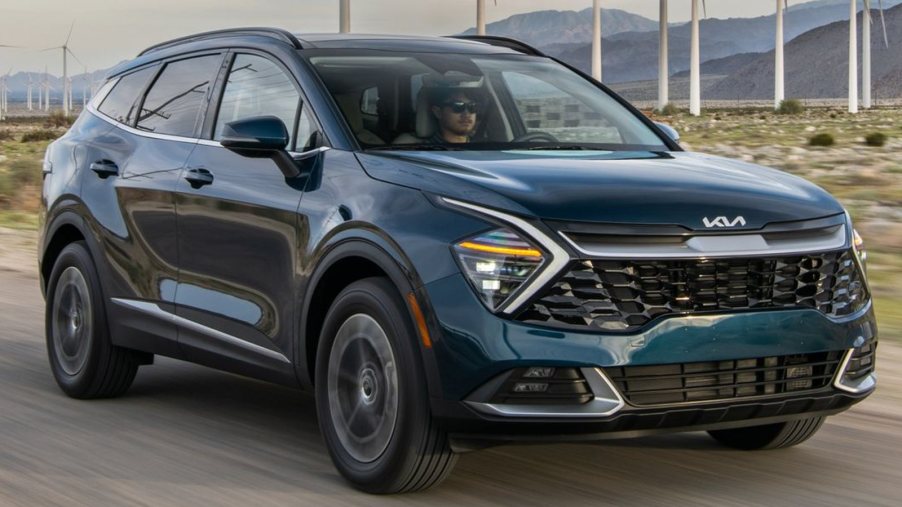
Does Adding a Hybrid System Really Improve a Car’s Reliability?
Today’s cars are much more reliable than those built decades ago, despite having more moving parts and systems that could fail. Those who have switched to electric vehicles have learned that EVs have fewer moving parts than gas models, leading to lower maintenance costs and fewer trips to the service center. What about hybrids? Are hybrid cars more or less reliable than their gas-powered counterparts? Let’s explore
Don’t hybrid cars have additional parts?
Hybrid and plug-in hybrid vehicles use extra electronics, batteries, and motors to increase fuel efficiency and power. These additional parts could lead to more problems and lower reliability scores. For the most part, the more moving parts and programmed electronics present in a vehicle, the more things break and fail.
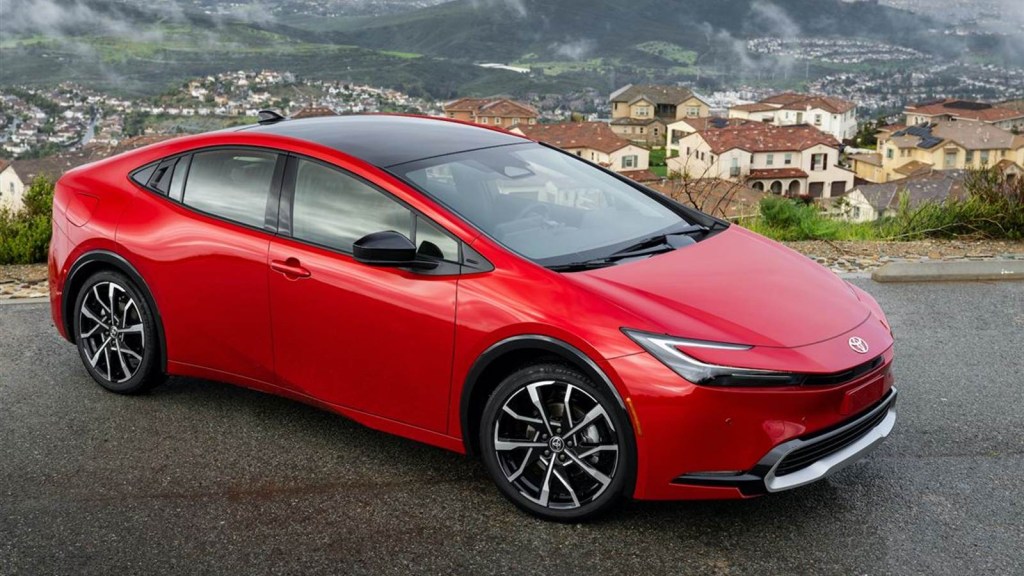
How long should hybrid batteries last?
Hybrid batteries are similar to those found in cellphones but better. The battery system in a hybrid or plug-in hybrid vehicle has much more internal redundancy than smartphone batteries. This means these batteries are made to last much longer and continually return expected performance and efficiency.
While you might upgrade to a new smartphone every few years and witness the battery life dropping over time, hybrid batteries last much longer. Under the harshest conditions, a simple PHEV battery can still deliver 80 percent of its battery capacity after seven years. This was learned during a study performed by researchers at Carnegie Mellon University in 2017.
These same researchers estimate that adding a battery cooling system extends the battery pack’s life to 15 years. This is still the case for hybrid vehilces driven daily in some of the hottest climates in the country. When used in a more temperature-pleasant area and the hybrid battery could last up to 18 years before losing 20 percent of its capacity.
This lengthy battery life could be why Toyota provides a 10-year/150,000-mile warranty for its hybrid batteries.
Hybrids are much better on your brakes
Some might assume that adding the extra weight of a hybrid system would increase the wear and tear on the brakes, but that’s not the case. In fact, you’ll replace brake pads and rotors far less often when driving a hybrid or plug-in hybrid car than a traditional vehicle.
Hybrids use regenerative braking, which uses an electric motor to convert engine braking to an electric charge. This energy capture increases the battery charge, extending the vehicle’s driving range and saving your brakes. Many hybrids and PHEVs have One Pedal driving system. It immediately engages the regenerative braking system once you lift your foot from the accelerator pedal.
Hybrids provide increased engine life
Driving in stop-and-go traffic is much more demanding on your engine than cruising on a highway. Thankfully, in hybrids and PHEVs, the hybrid system performs much of the acceleration from a stop, using electric power. This reduces the wear and tear on your engine and can extend its life.
What’s the verdict?
Hybrid and plug-in hybrid cars provide many mechanical advantages to traditional gas-powered cars. These hybrid systems reduce the stress on mechanical components, extend brake life, and save drivers money on fuel and regular maintenance.
